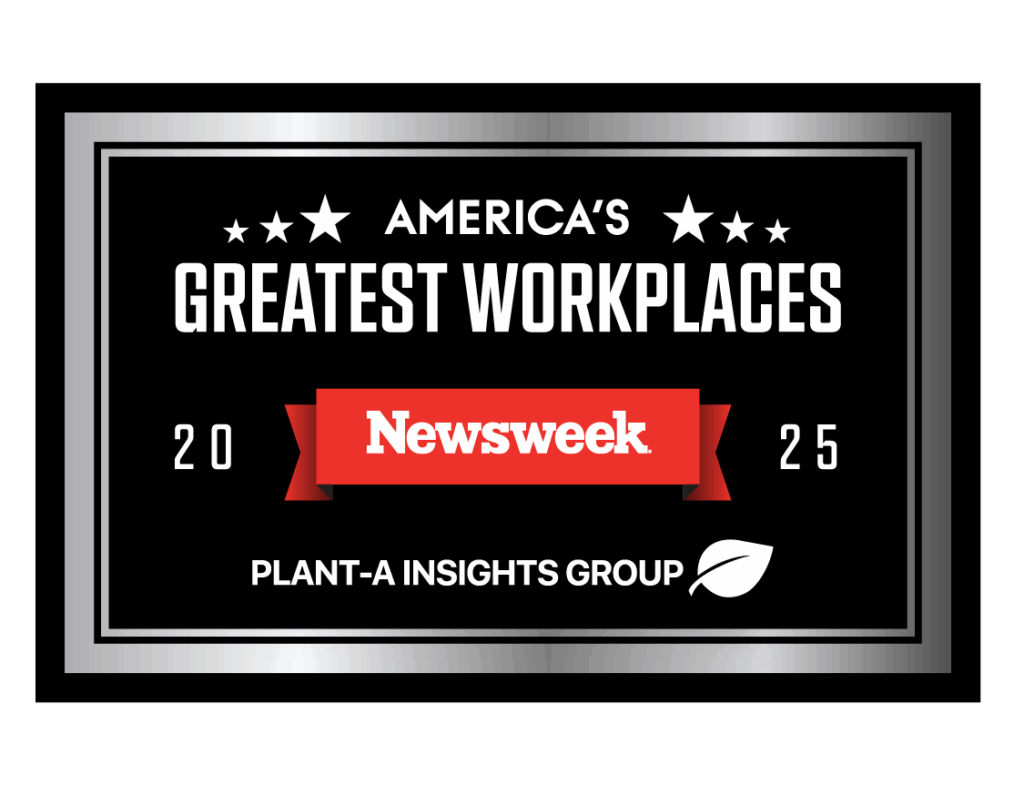What is the HFC Phasedown?
On September 23, the U.S. Environmental Protection Agency (EPA) implemented a landmark program to phase down the country’s production and use of hydrofluorocarbons (HFCs) by 85% over the next 15 years. The move is estimated to save .5 degrees celsius of global warming by 2100. This final rule implements the American Innovation and Manufacturing (AIM) Act, enacted by Congress in late 2020, which directed the EPA to address HFCs.
Most commonly used in refrigeration and air conditioning equipment, HFCs are climate-damaging greenhouse gases and known contributors to global warming. These super-pollutants are far worse than carbon dioxide, with global warming potentials (GWP) hundreds of thousands of times higher than the same amount of CO2. Once considered a suitable replacement for ozone-depleting substances (ODS), HFCs are now the world’s fastest-growing greenhouse gases, with their use growing exponentially as the global demand for refrigeration and air conditioning continues to climb.
The EPA estimates that in 2036 alone—the year the final reduction step is made—we’ll prevent greenhouse gas emissions equal to the annual output of seven U.S.-registered passenger vehicles! The benefits aren’t just environmental: the agency also estimates annual net benefits of $1.7 billion, rising to $16.4 billion in 2036.
Does this impact supermarket refrigeration?
Yes. Due to substantial refrigeration demands, supermarkets are among the most significant users of HFCs, and refrigerant leaks are an industry-wide problem. According to the nonprofit Environmental Investigation Agency, a single supermarket emits 875 pounds of HFCs each year, equal to the carbon dioxide from more than 300 cars.
Since most supermarket refrigeration systems run on HFCs, stores will have to switch to low GWP refrigerant systems to meet the new rule.
Natural refrigerants like CO2 are low GWP refrigerants with zero or near-zero GWP and can also reduce gas, energy and water consumption.
What you can do
While the HFC phasedown regulation is new, natural refrigerant use is not. Early in their development, CO2 systems were challenging to install and maintain, and their costs were prohibitively expensive. That has all changed.
Today, CO2 systems are not only possible but are truly competitive low GWP refrigerant alternatives to synthetic refrigerant systems. As regulations become more widespread and formalized, they offer tremendous environmental benefits and future-proof companies’ investments in their systems. They’re safe, and the installation technique is similar to those for chemical refrigerants.
What we can do
We at CoolSys are experts in natural refrigerant systems, and we’re committed to helping food retailers adopt low GWP refrigerants for the future of supermarket refrigeration. As a leader in CO2 technology with over a decade of experience installing more than 150 CO2 systems across the country, CoolSys has the expertise to help you transition away from HFCs and future-proof your systems.
Don’t wait to transition. Contact us today to learn more about how CoolSys can help you make the switch.
Learn more about what to expect when transitioning to a natural refrigerant system >>
Sources
“Stimulus deal includes raft of provisions to fight climate change,” The Washington Post
“Get the Facts on HFCs,” Climate Friendly Supermarkets
“Leaking Havoc,” Climate Friendly Supermarkets
“Why Natural Refrigerants?” North American Sustainable Refrigeration Council


